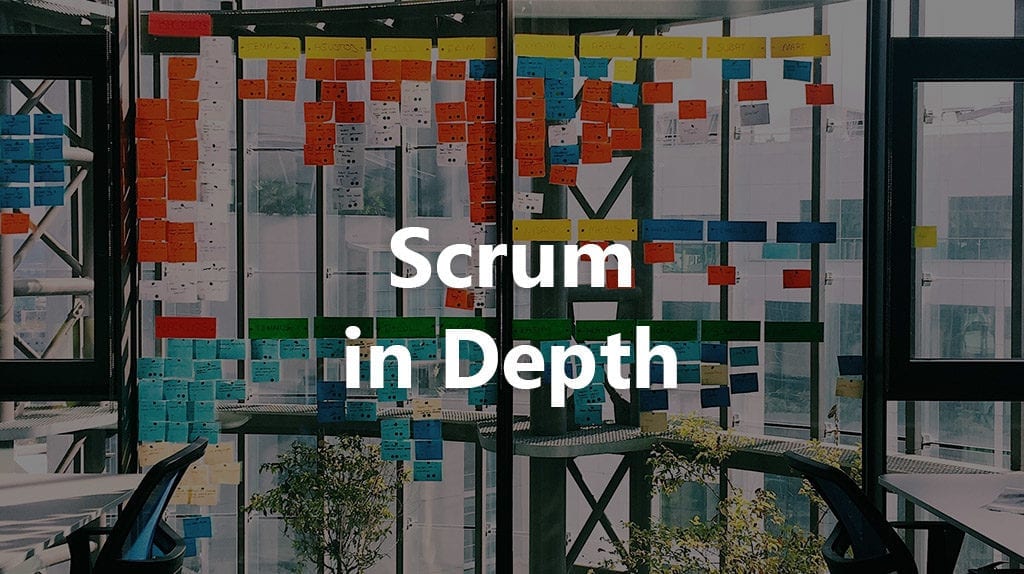About Scrum in Depth
Duration: 8h 27m
Resources: Workbook, Facilitator Guide, Key Points, Quizzes
Scrum’s roles and ceremonies are easy to understand, but most organizations still struggle with implementing Scrum. Is the daily scrum a status meeting? What good is a burndown chart? Construx’s Scrum training answers common Scrum questions and reintroduces Scrum as Scrum was designed to be. Construx’s work with agile leaders and on first-time Scrum implementations allows Construx to present not just the what of Scrum but also the why.
Guiding you through the detailed ins and outs that you need to succeed with Scrum, this course combines key aspects from the Scrum Guide with specific best practices based upon the instructor’s direct consulting experience with dozens of companies that have transitioned to Scrum.
Ask us about our virtual or in-person options for this course.
Ratings & Reviews
Excellent course as usual. I’ve been in the industry for 20+ years, working on a lot of waterfall projects, scrum-buts, scrum-so-close, scrum-in-standup-name-only, etc., with a number of gaps in how scrum ought to be implemented. I think that all of those gaps are now filled, and I feel confident pushing for the unadulterated process as a must in future projects. There were some poignant revelations on the user story topic, wbs, story mapping and estimation within scrum.
The content was very well structured and maintained a consistent level of abstraction across the entire course.
I appreciated the nuances highlighted in each presentation. They have helped gain an appreciation for some of the methods of customizing Scrum to fit the needs of the team or project.



